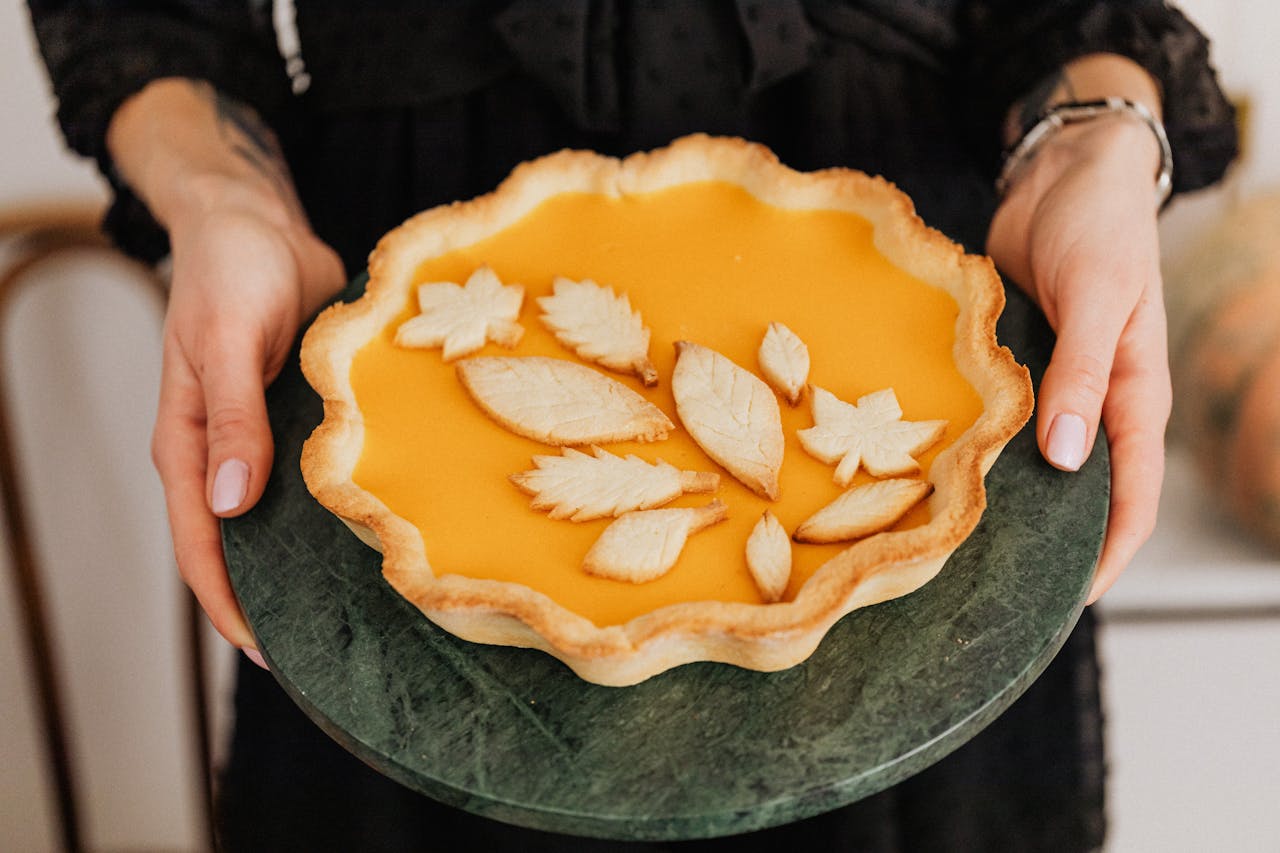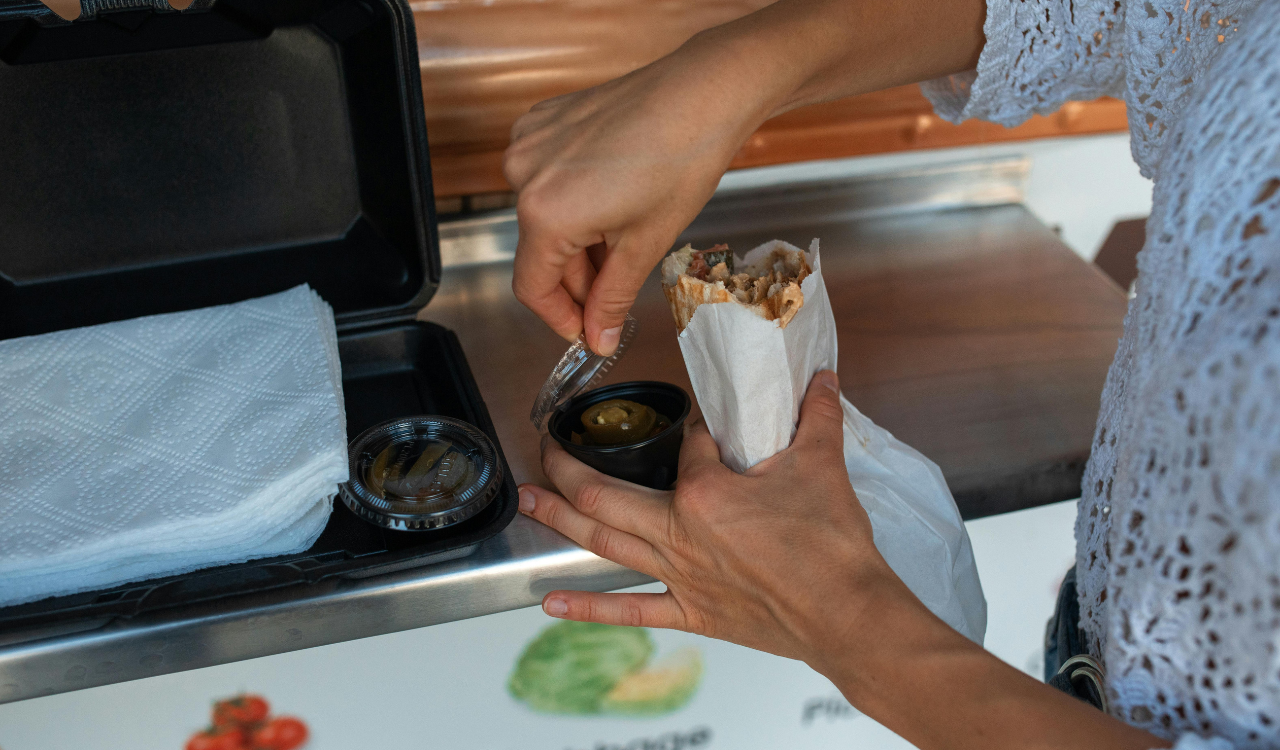14 Beginner Baking Tricks Bakers Wish They Knew Sooner
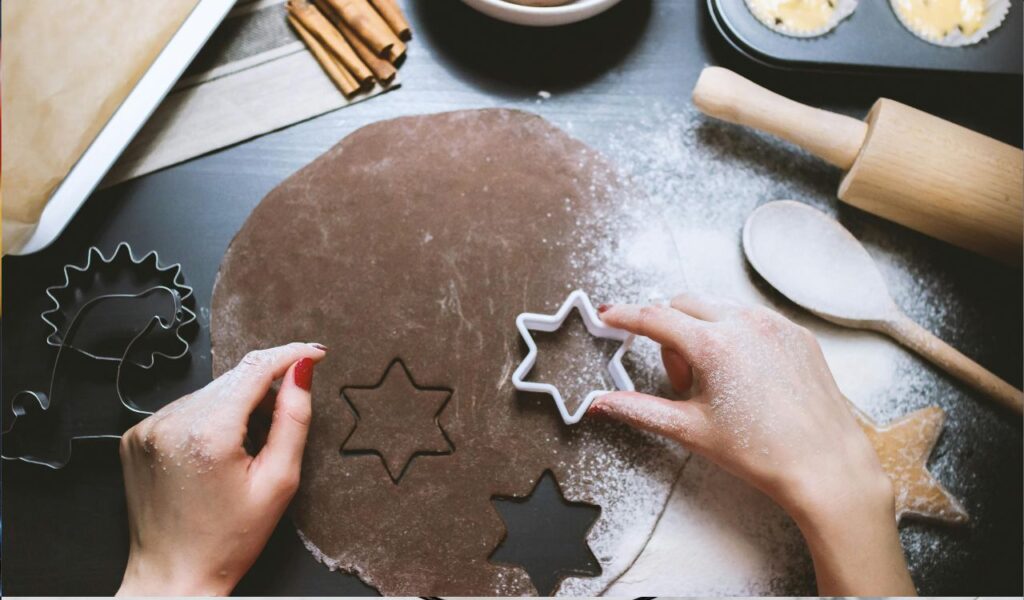
Embarking on the baking journey can feel like diving into a science experiment but with the right tricks, that transition becomes delightfully tasty. From understanding how your oven really works to mastering ingredient temperatures, these 14 beginner baking tips are those golden nuggets experienced bakers wish they’d known sooner. Each trick is practical, approachable, and will help you avoid common mishaps, so you can spend less time troubleshooting and more time savoring your creations.
1. Get to Know Your Oven
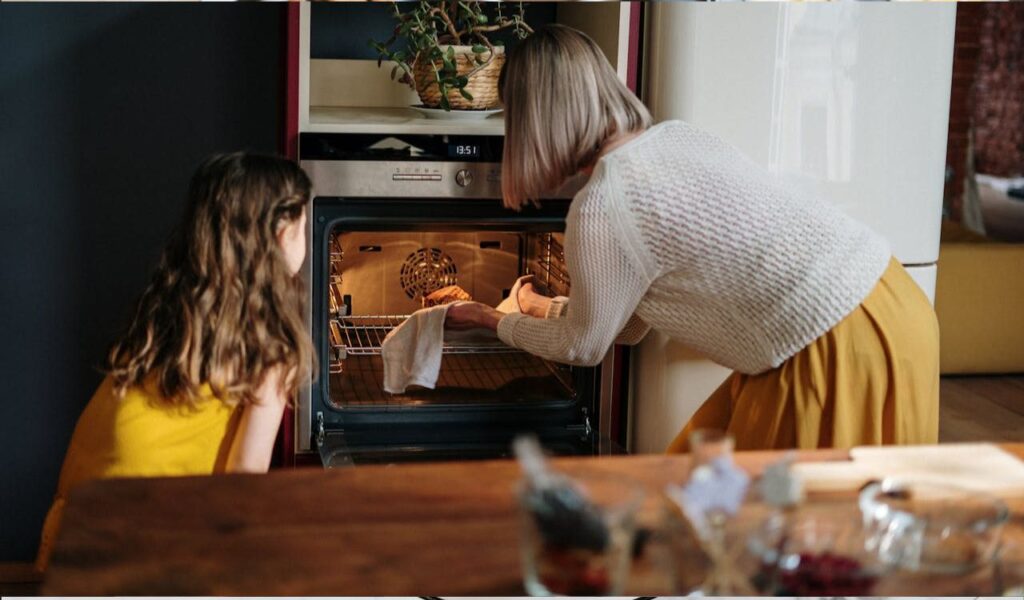
Every oven has its quirks, and learning them makes a huge difference. Ovens often run hotter or cooler than their dials suggest, which can affect rise, browning, and texture. Use an oven thermometer to double-check accuracy, and test for hot spots by baking slices of bread on a tray to see where they brown fastest. Rotate pans midway through baking for even results. Understanding your oven’s personality is one of the simplest ways to achieve consistent, bakery-level bakes.
2. Read the Recipe Before Starting
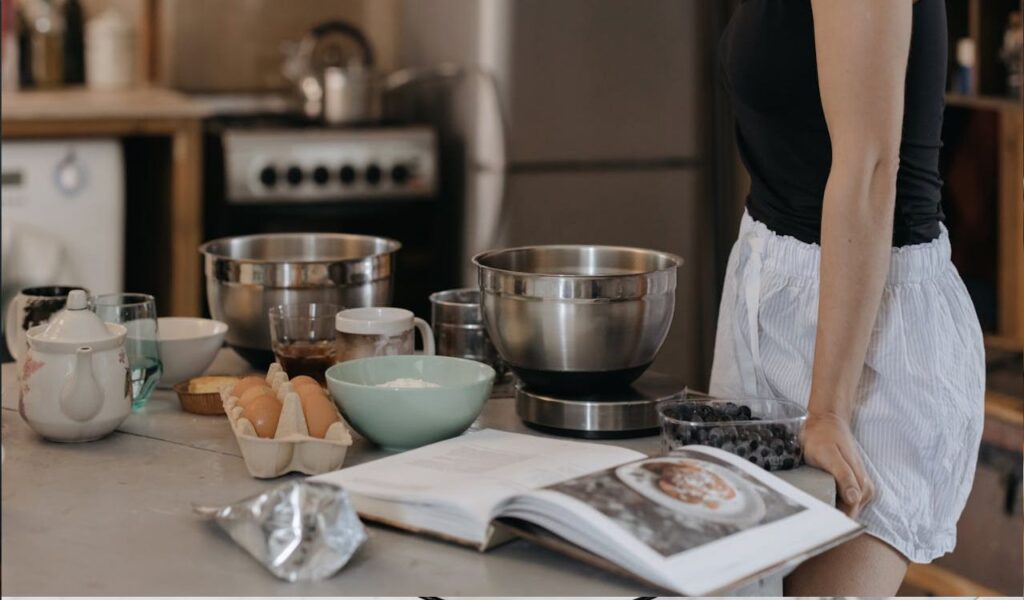
Jumping straight into baking without reading the recipe can cause frustration. Taking a few minutes to read the entire recipe helps you spot tricky steps, prep equipment, and confirm you have every ingredient on hand. It also lets you mentally visualize the process so nothing catches you off guard mid-way. This simple habit prevents stress and wasted effort, especially with recipes that require precise timing, delicate folding, or resting periods. Preparation leads to confidence and smooth baking.
3. Follow the Recipe Exactly the First Time
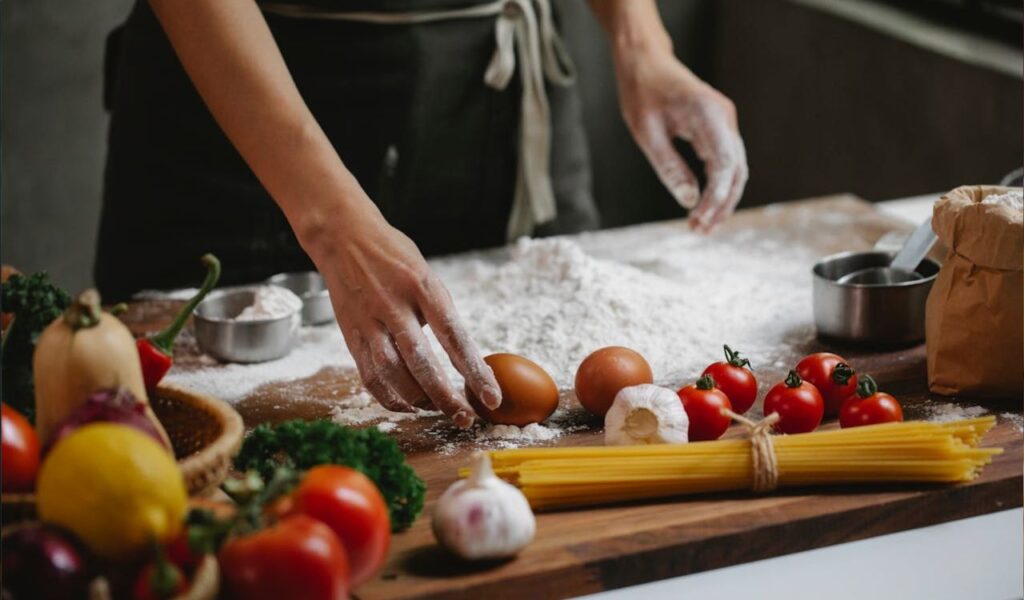
It’s tempting to tweak recipes right away, but the first bake is best done as written. Baking is a science, and ingredient ratios, mixing methods, and order of steps exist for a reason. Making substitutions too soon can lead to dense cakes, collapsed loaves, or off-textures. Once you’ve made the recipe successfully, you’ll understand its foundation and can adjust flavors or methods confidently. Starting with precision builds trust in your skills while setting you up for creative experiments later.
4. Measure Accurately(Spoon and Level Method)
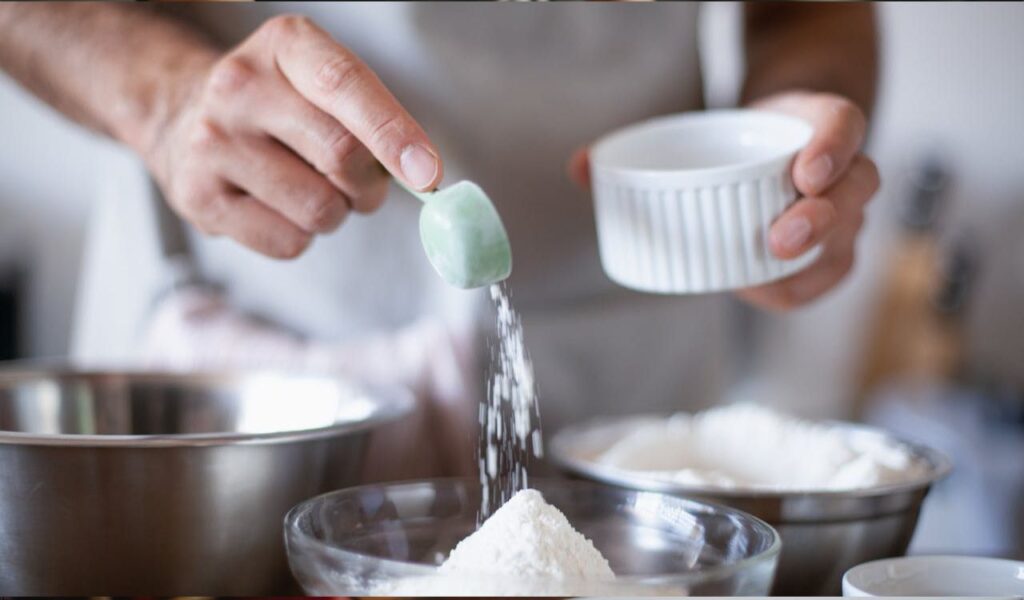
How you measure flour can make or break a recipe. Scooping directly with a cup often packs the flour too tightly, leading to dry, heavy bakes. Instead, spoon flour lightly into the measuring cup and level it off with a flat edge. This spoon-and-level technique gives a much more accurate measurement. The difference might seem small, but in baking, those extra grams matter. Developing this simple habit helps ensure cakes rise properly and cookies stay soft and tender.
5. Use a Kitchen Scale Whenever Possible
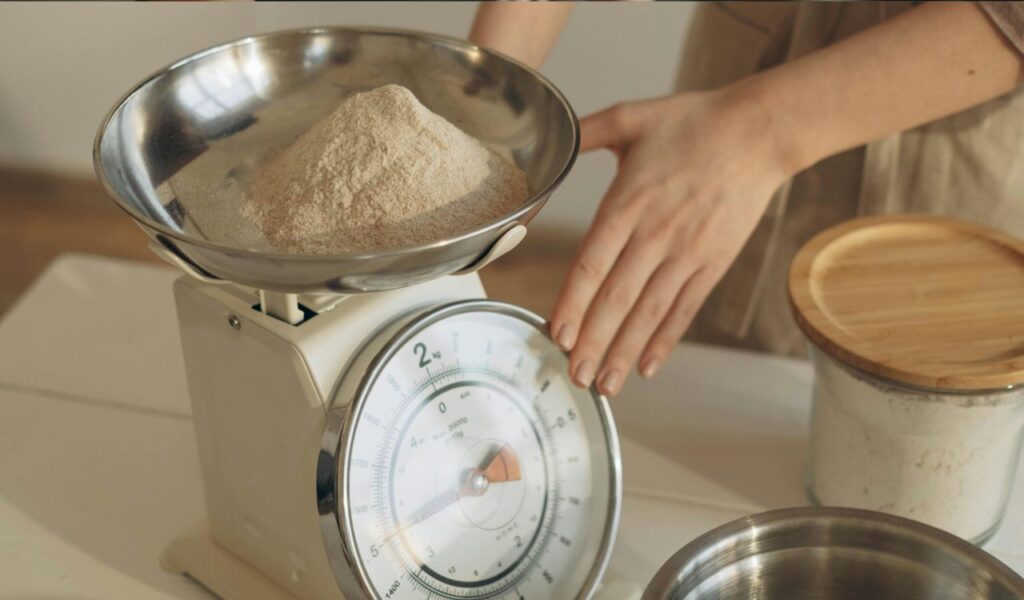
A kitchen scale is one of the best tools a beginner can own. Measuring by weight is far more precise than using cups, which vary by how ingredients are packed. Even a small difference in flour or sugar can change the outcome of a recipe. With a scale, your bakes will be consistent every time, from fluffy muffins to chewy cookies. Plus, weighing ingredients cuts down on dishes and makes following international recipes much easier and fool-proof.
6. Room-Temperature Ingredients Are Essential
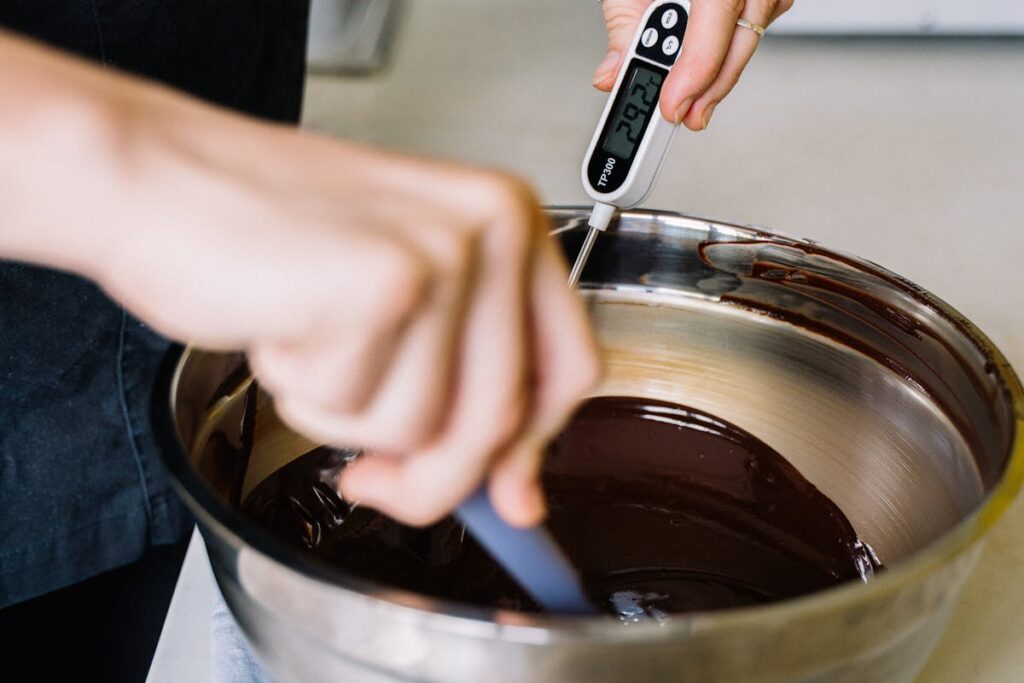
Cold butter or eggs may seem harmless, but they can drastically affect your bake. Room-temperature ingredients blend together more smoothly, creating batters and doughs that trap air properly. This results in lighter, fluffier textures. Cold eggs can curdle mixtures, and hard butter won’t cream correctly. A quick trick: place eggs in warm water for a few minutes or cube butter to soften faster. Using room-temperature ingredients is a small step with a big payoff for consistency and texture.
7. Avoid Mixing in Hot Ingredients
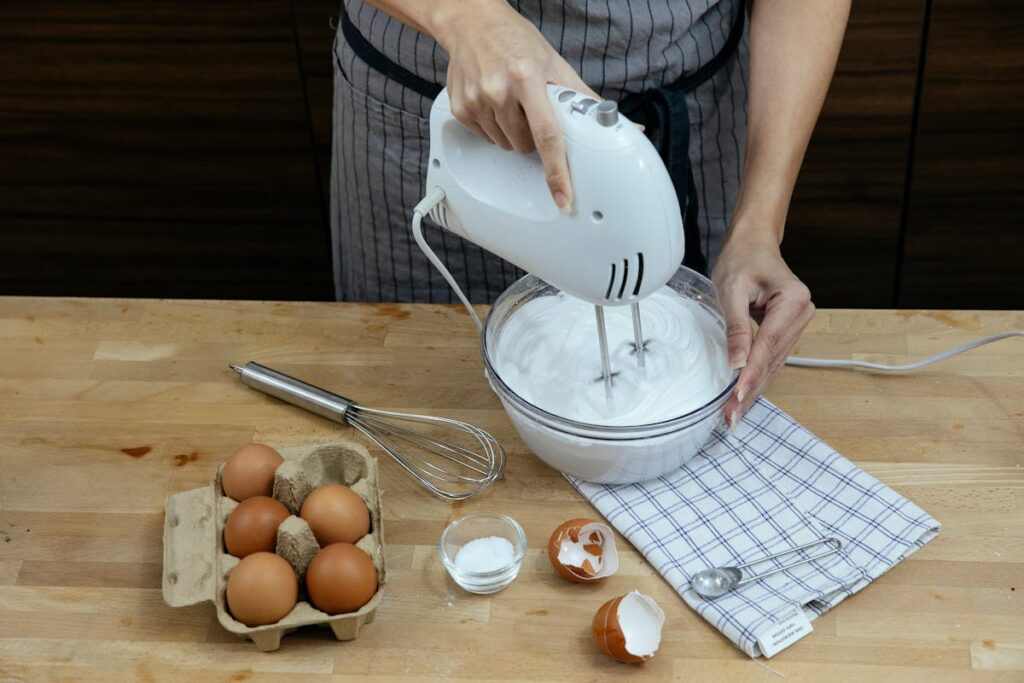
Unless a recipe specifically calls for it, never add piping-hot liquids to batters or doughs. Doing so can scramble eggs, melt butter at the wrong stage, or activate leavening agents prematurely. This mistake often leads to curdled textures or collapsed bakes. If you’ve melted butter or warmed milk, let it cool until lukewarm before mixing it in. Taking a moment to check the temperature of ingredients ensures your bake holds structure and develops the right consistency.
8. Clean as You Go
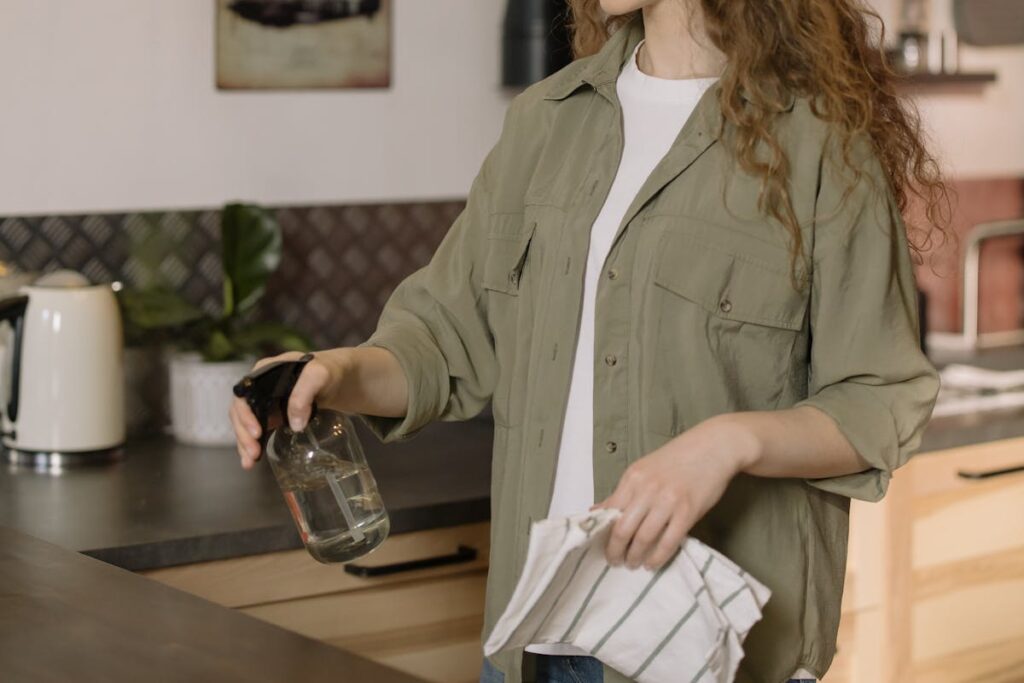
Messy counters can quickly lead to mistakes like forgetting an ingredient or confusing bowls. A good habit is to tidy up as you move through steps. Wash or rinse mixing bowls after use, wipe spills immediately, and put away items you no longer need. Not only does this make your kitchen safer and more efficient, but it also helps you stay focused on the recipe. By the time your treat comes out of the oven, cleanup will be minimal.
9. Learn the “Why” Behind Ingredients
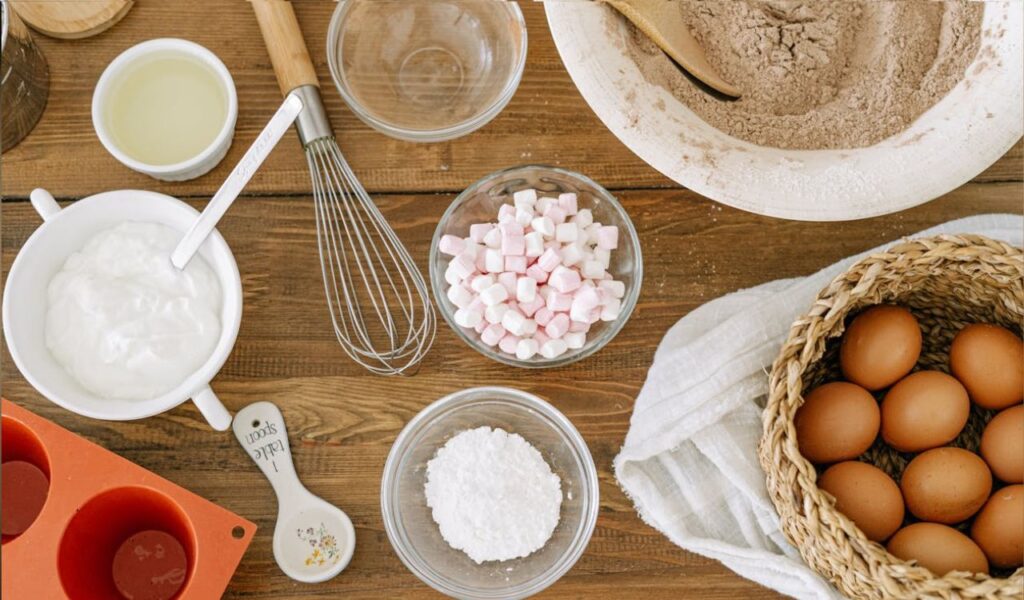
Understanding what each ingredient does takes you from following recipes to truly baking with confidence. For example, eggs add structure, sugar tenderizes, and baking powder helps rise. Knowing these roles lets you troubleshoot when something goes wrong and gives you freedom to adapt recipes to your taste. It also prevents common mistakes, like reducing sugar too much and ending up with tough, dry cakes. Learning the “why” behind baking makes you a more intuitive and skilled baker.
10. Don’t Overmix the Batter

Overmixing is a common mistake, especially once flour is added. Mixing too much develops excess gluten, resulting in tough, chewy cakes instead of soft, tender crumbs. For most recipes, stir only until ingredients are just combined, even if the batter looks a little lumpy. A few streaks of flour are fine; they’ll disappear as the batter bakes. Gentle mixing preserves air and lightness, ensuring your bakes rise beautifully and maintain the melt-in-your-mouth texture everyone loves.
11. Grease or Line Pans Properly
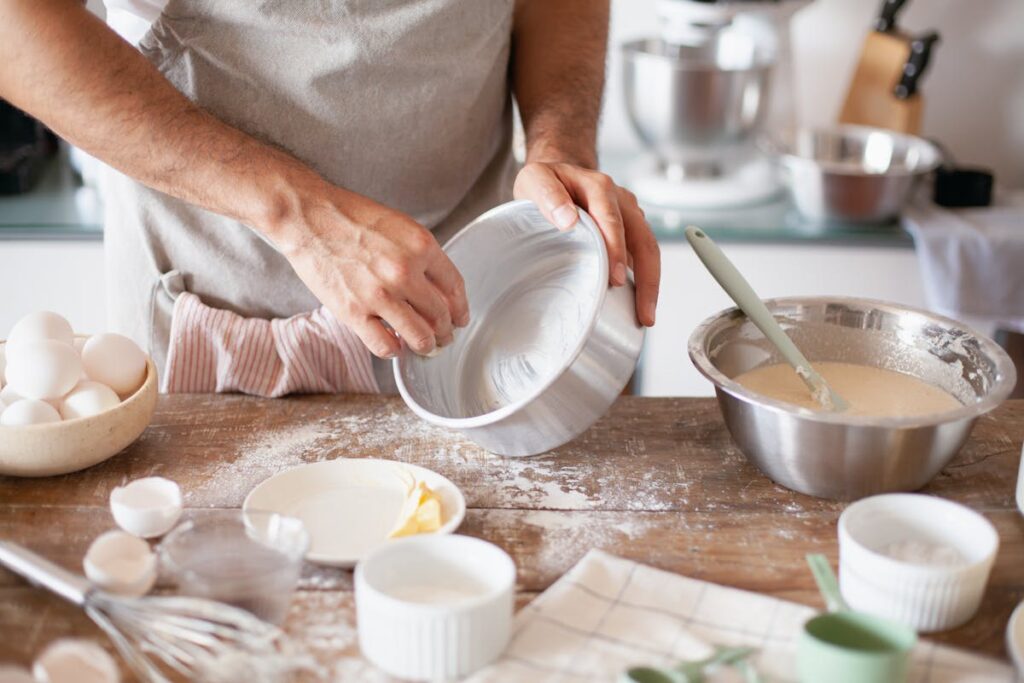
There’s nothing more disappointing than a cake that sticks to the pan. Recipes vary; some require greased pans, others rely on parchment lining. Following these directions is essential. Butter and flour prevent sticking for cakes, parchment works best for cookies and bars, and certain recipes like angel food cake need ungreased pans to climb and rise properly. Taking a few extra minutes to prepare pans correctly saves frustration and ensures your baked goods release perfectly every time.
12. Use the Correct Pan Size
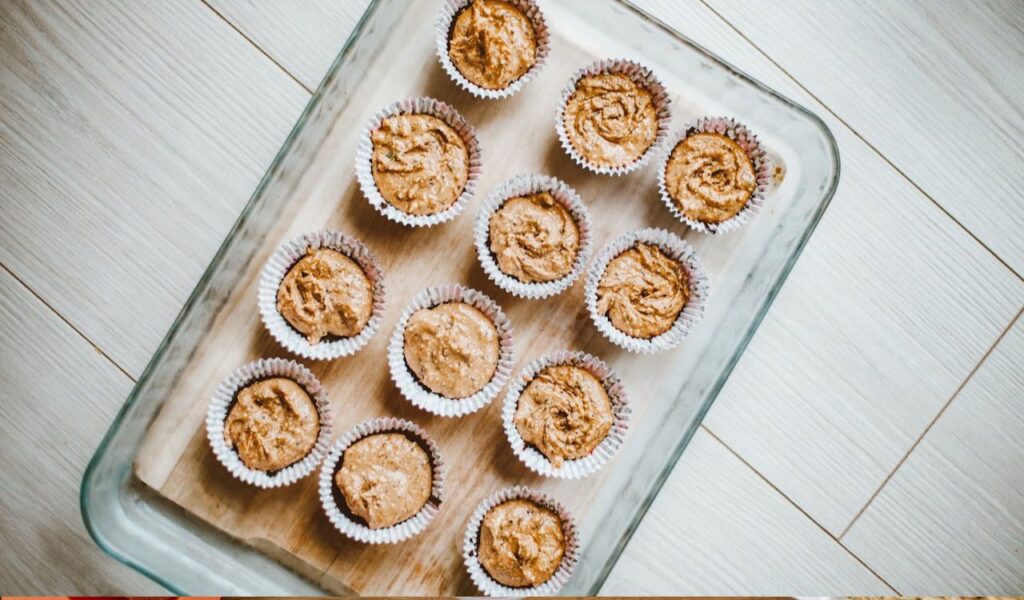
Pan size affects baking more than many realize. A smaller pan makes batter deeper, which takes longer to bake and can leave the center raw. A larger pan spreads batter thin, often leading to overbaked, dry results. Always use the size specified in the recipe, or adjust baking time carefully if substituting. Investing in a few standard pans like 8 and 9 inch rounds, prevents headaches and guarantees recipes are baked as intended, with the right texture and appearance.
13. Start Checking Early and Trust Your Senses

Timers are helpful, but your eyes, nose, and touch are better guides. Start checking a few minutes before the suggested time. Look for golden edges, a center that springs back when lightly touched, or a cake pulling slightly from the pan. Use a toothpick test when needed. Trusting your senses helps you avoid overbaking, which can turn tender cakes dry in moments. Developing this intuition makes you more adaptable and confident with every bake you tackle.
14. Keep Baking Notes
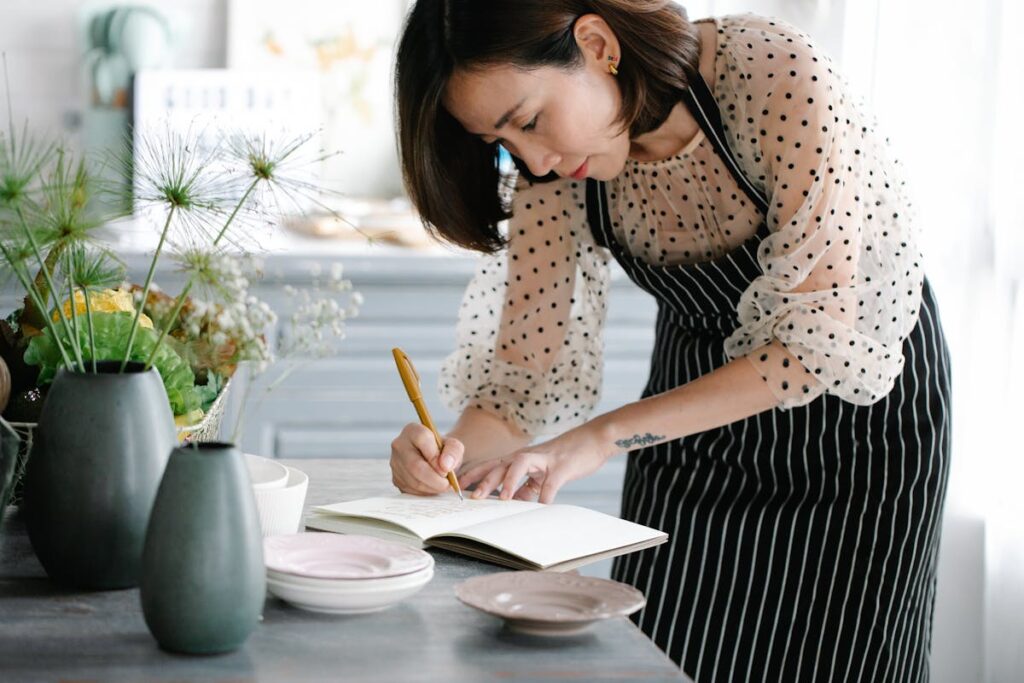
Every kitchen is different, and keeping notes helps you learn faster. Write down changes you made, oven quirks you noticed, or whether a bake needed extra minutes. These details are invaluable the next time you make the recipe. Over time, your notes build into a personal baking guide tailored to your style and equipment. This small practice turns mistakes into lessons, ensures repeat success, and helps you grow steadily into a more skilled and confident baker.


